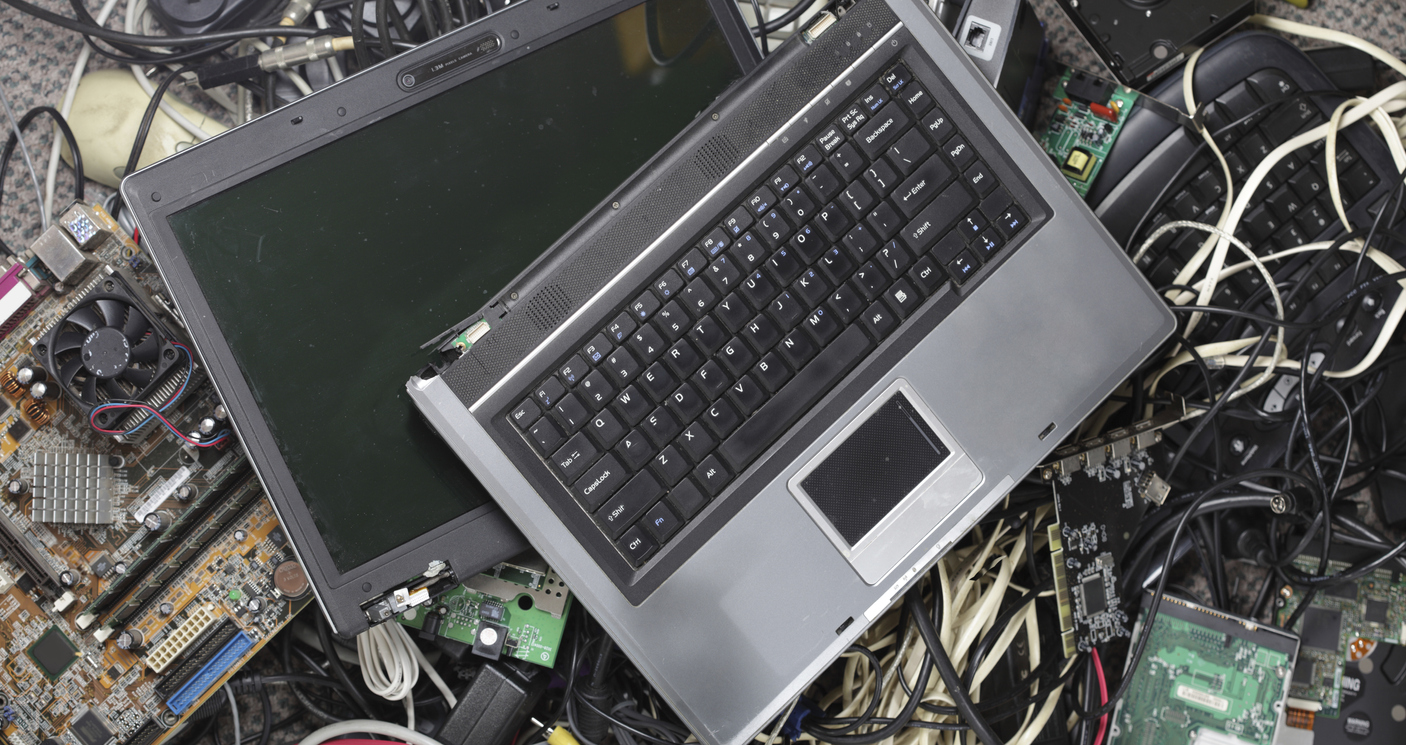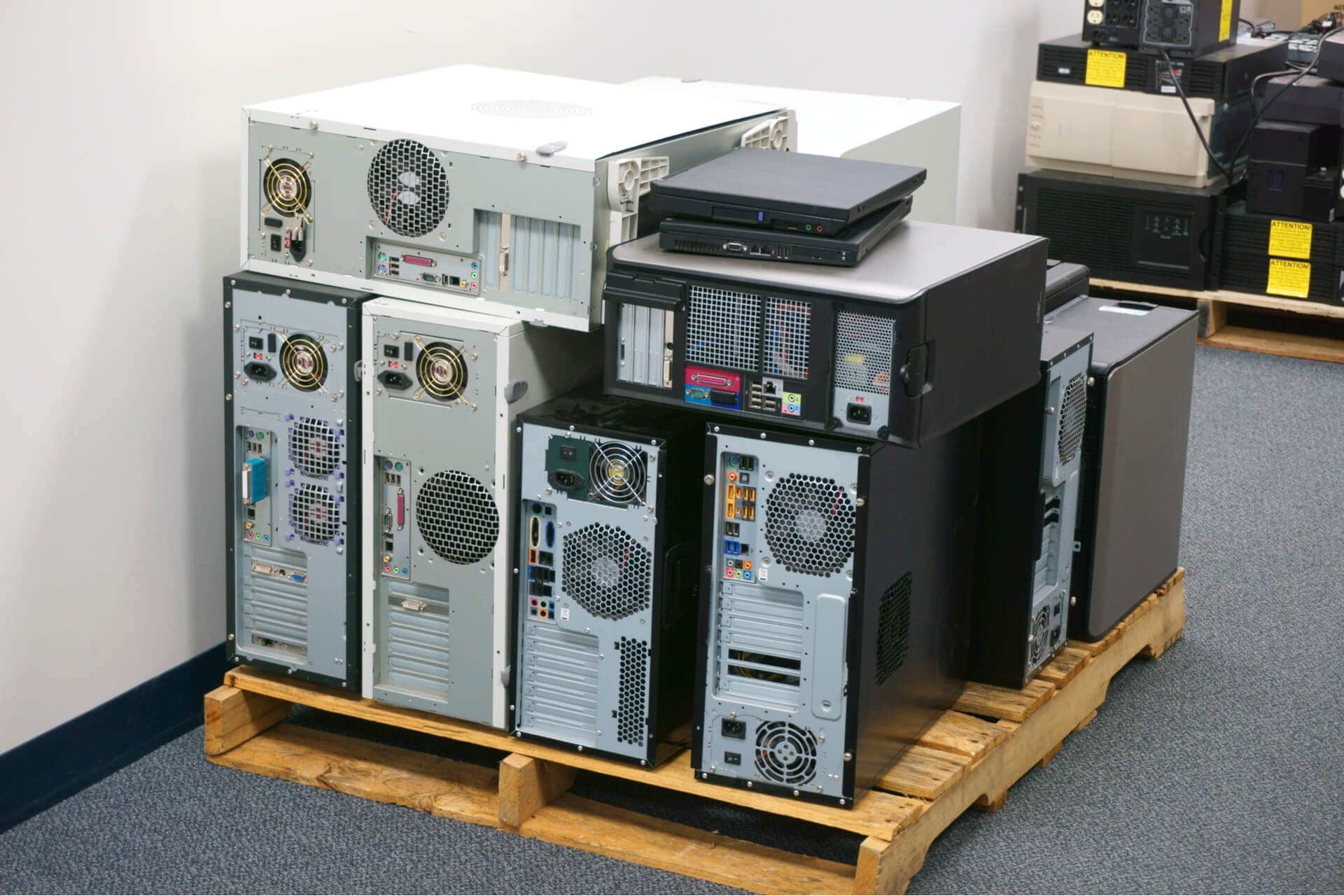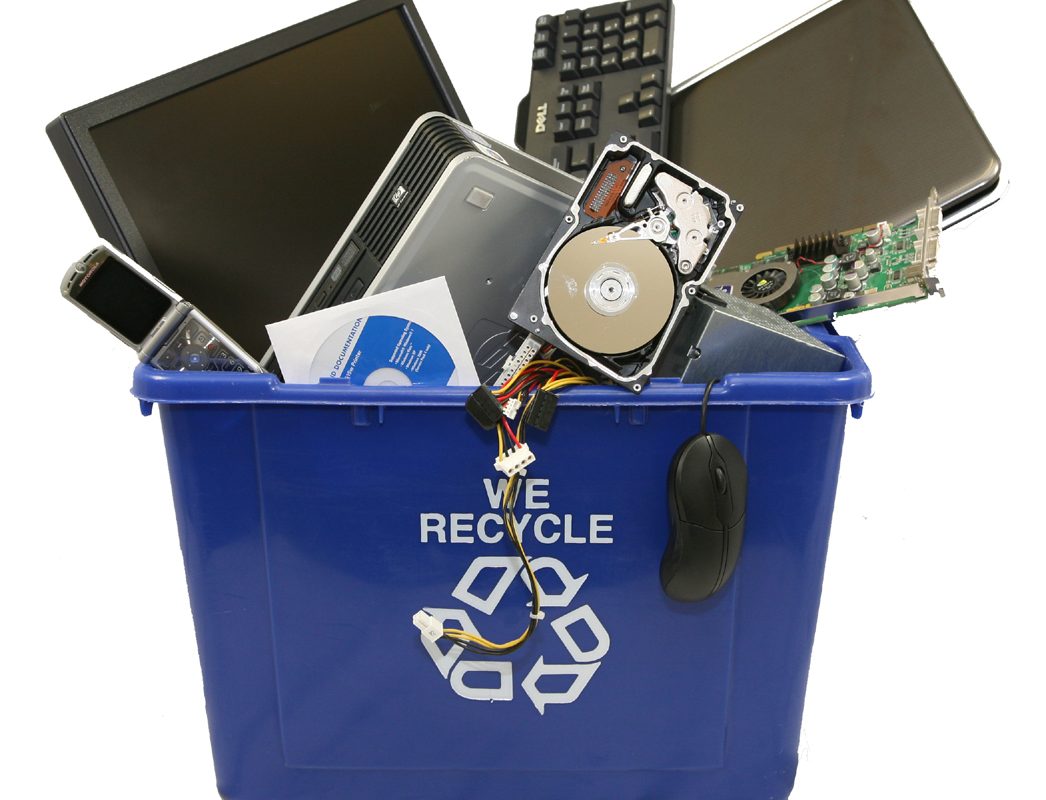Why Recycling Computer Parts Matters
The rapid obsolescence of computer hardware has led to a significant increase in electronic waste, posing a substantial threat to the environment. The improper disposal of computer parts can result in the release of toxic chemicals, such as lead, mercury, and cadmium, into the air, water, and soil. These pollutants can have devastating effects on human health and the ecosystem. Furthermore, the extraction and processing of raw materials required to manufacture new computer parts can lead to deforestation, water pollution, and climate change.
Responsible disposal of computer hardware is crucial to mitigate these environmental impacts. Recycling computer parts can help conserve natural resources, reduce landfill waste, and decrease the demand for primary materials. For instance, recycling a single ton of computer hardware can save up to 15.4 kilograms of copper, 0.34 kilograms of gold, and 0.15 kilograms of silver. Additionally, recycling can help reduce greenhouse gas emissions and energy consumption associated with the production of new computer parts.
As consumers, it is essential to take responsibility for our electronic waste and explore options for recycling computer parts. By doing so, we can contribute to a more sustainable future and reduce our environmental footprint. In the following sections, we will discuss the types of computer parts that can be recycled, how to prepare them for recycling, and where to recycle them.
What Computer Parts Can Be Recycled
Many computer parts can be recycled, reducing the need for raw materials and minimizing electronic waste. Some of the most common computer parts that can be recycled include:
- Central Processing Units (CPUs): CPUs contain valuable metals like copper, gold, and silver, making them a prime target for recycling.
- Motherboards: Motherboards contain a range of recyclable materials, including copper, gold, and silver, as well as other precious metals.
- Hard Drives: Hard drives contain valuable materials like aluminum, copper, and rare earth metals, making them a valuable resource for recyclers.
- Peripherals: Keyboards, mice, and other peripherals can be recycled, reducing the need for new materials and minimizing waste.
- Monitors and Displays: Many monitors and displays contain valuable materials like lead, mercury, and cadmium, which can be safely recycled.
The recycling process for each component varies, but most involve disassembling the device, separating the materials, and processing them for reuse. For example, CPUs and motherboards are often shredded and melted down to extract the valuable metals, while hard drives are typically dismantled and the materials are separated and processed for reuse.
When searching for “where can I recycle computer parts,” it’s essential to consider the types of materials that can be recycled and the recycling process involved. By recycling computer parts, individuals can help reduce electronic waste, conserve natural resources, and promote sustainability.
How to Prepare Your Computer Parts for Recycling
Before recycling your computer parts, it’s essential to prepare them properly to ensure safe and efficient processing. Here’s a step-by-step guide on how to prepare your computer parts for recycling:
1. Remove batteries and cords: Take out any batteries, cords, and other external components from the device. This will prevent any potential hazards during the recycling process.
2. Wipe data from hard drives and storage devices: Use a secure erase method to wipe all data from hard drives, solid-state drives, and other storage devices. This will protect your personal data and prevent any potential security breaches.
3. Remove any hazardous materials: Take out any hazardous materials such as toner cartridges, inkjet cartridges, and batteries from printers, scanners, and other devices.
4. Disassemble devices (if necessary): If you need to recycle a device that contains multiple components, such as a computer tower or a laptop, you may need to disassemble it to access the individual parts.
5. Sort and categorize parts: Sort and categorize the prepared parts into different categories, such as metals, plastics, and glass. This will make it easier for the recycling facility to process them.
By following these steps, you can ensure that your computer parts are properly prepared for recycling and help reduce electronic waste. When searching for “where can I recycle computer parts,” look for facilities that accept prepared parts and follow environmentally responsible recycling practices.
Where to Recycle Computer Parts: Local Options and Mail-In Programs
Once you’ve prepared your computer parts for recycling, it’s time to find a responsible recycling facility. There are several options available, including local drop-off locations, community collection events, and mail-in recycling programs.
Local recycling options are often the most convenient and environmentally friendly choice. Many cities and towns have designated electronic waste collection facilities or drop-off locations where you can take your computer parts. These facilities will ensure that your parts are recycled responsibly and in compliance with local regulations.
Community collection events are another option for recycling computer parts. These events are usually organized by local governments, non-profit organizations, or community groups and provide a convenient way to recycle electronic waste. You can search online for upcoming events in your area or check with your local government for more information.
Mail-in recycling programs are also available for those who cannot access local recycling facilities or prefer the convenience of mailing in their computer parts. Manufacturer take-back programs, such as Dell’s Asset Resale and Recycling program and HP’s Hardware Recycling program, allow you to mail in your computer parts for recycling. Third-party recycling services, such as Gazelle and NextWorth, also offer mail-in recycling options.
When searching for “where can I recycle computer parts,” look for facilities that are certified by organizations such as the Basel Action Network (BAN) or the Institute of Scrap Recycling Industries (ISRI). These certifications ensure that the facility follows responsible recycling practices and complies with environmental regulations.
By choosing a responsible recycling facility, you can ensure that your computer parts are recycled in an environmentally friendly manner and help reduce electronic waste.
Manufacturer Take-Back Programs: A Convenient Recycling Option
Many computer manufacturers offer take-back programs for their products, providing a convenient and responsible way to recycle computer parts. These programs allow you to return your used computer parts to the manufacturer, who will then recycle them in an environmentally friendly manner.
Dell’s Asset Resale and Recycling program, for example, allows customers to recycle their used Dell computers and other electronic devices. The program provides a convenient way to recycle computer parts, and Dell will even provide a prepaid shipping label to make it easy to send in your used devices.
HP’s Hardware Recycling program is another example of a manufacturer take-back program. This program allows customers to recycle their used HP computers and other electronic devices, and HP will provide a prepaid shipping label to make it easy to send in your used devices.
To participate in these programs, simply visit the manufacturer’s website and follow the instructions for recycling your computer parts. You will typically need to provide the serial number of your device and print out a prepaid shipping label. Once you have packaged your device and affixed the shipping label, you can send it to the manufacturer for recycling.
Manufacturer take-back programs are a convenient and responsible way to recycle computer parts, and they can help reduce electronic waste and promote sustainability. When searching for “where can I recycle computer parts,” consider looking into manufacturer take-back programs as a viable option.
Third-Party Recycling Services: A Convenient Alternative
In addition to manufacturer take-back programs, third-party recycling services offer a convenient alternative for recycling computer parts. These services allow you to mail in your used computer parts or drop them off at a local location, and they will handle the recycling process for you.
Gazelle and NextWorth are two examples of third-party recycling services that specialize in electronic waste recycling. These services provide a convenient way to recycle computer parts, and they often offer additional benefits such as free shipping and competitive pricing for refurbished parts.
To use a third-party recycling service, simply visit their website and follow the instructions for recycling your computer parts. You will typically need to provide information about the type and condition of your device, and the service will provide a quote for the recycling process.
Third-party recycling services can be a convenient and cost-effective way to recycle computer parts, especially for individuals or businesses that do not have access to manufacturer take-back programs. However, it is essential to research the service provider and ensure that they follow responsible recycling practices and comply with environmental regulations.
When searching for “where can I recycle computer parts,” consider third-party recycling services as a viable option. These services can provide a convenient and responsible way to recycle computer parts, and they can help reduce electronic waste and promote sustainability.
What to Do with Donated or Refurbished Computer Parts
Once computer parts have been donated or refurbished, there are several options for what to do with them. One option is to donate them to local charities or non-profit organizations that accept used computer equipment. These organizations often use the donated parts to build computers for low-income families, schools, or other community groups.
Another option is to sell or trade-in refurbished computer parts. Many companies specialize in refurbishing used computer equipment and selling it at a lower cost than new equipment. This can be a great way to extend the life of computer parts and reduce electronic waste.
Participating in computer refurbishment programs is another option for donated or refurbished computer parts. These programs involve collecting used computer equipment, refurbishing it, and then selling it or donating it to those in need. Computer refurbishment programs can help reduce electronic waste and provide affordable computer equipment to those who need it.
When considering what to do with donated or refurbished computer parts, it’s essential to think about the potential impact on the environment and the community. By choosing to donate, sell, or participate in computer refurbishment programs, individuals can help reduce electronic waste and promote sustainability.
Additionally, some organizations offer certification programs for refurbished computer parts, such as the R2 (Responsible Recycling) certification. This certification ensures that the refurbished parts meet certain standards for quality and environmental responsibility.
Conclusion: Take Responsibility for Your Electronic Waste
Responsible disposal of computer hardware is crucial for reducing electronic waste and promoting sustainability. By recycling computer parts, individuals can help conserve natural resources, reduce landfill waste, and minimize the environmental impact of electronic waste.
As we’ve discussed in this article, there are several options for recycling computer parts, including local recycling options, manufacturer take-back programs, and third-party recycling services. By choosing to recycle computer parts, individuals can take responsibility for their electronic waste and contribute to a more sustainable future.
When searching for “where can I recycle computer parts,” remember to consider the environmental impact of your choices and choose options that align with your values. By taking action and recycling your computer parts, you can make a positive impact on the environment and promote sustainability.
In conclusion, responsible disposal of computer hardware is a critical step towards reducing electronic waste and promoting sustainability. By recycling computer parts and taking responsibility for our electronic waste, we can create a more sustainable future for generations to come.







